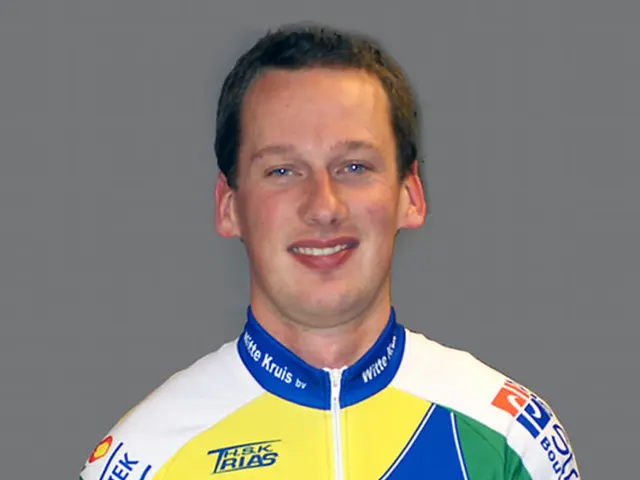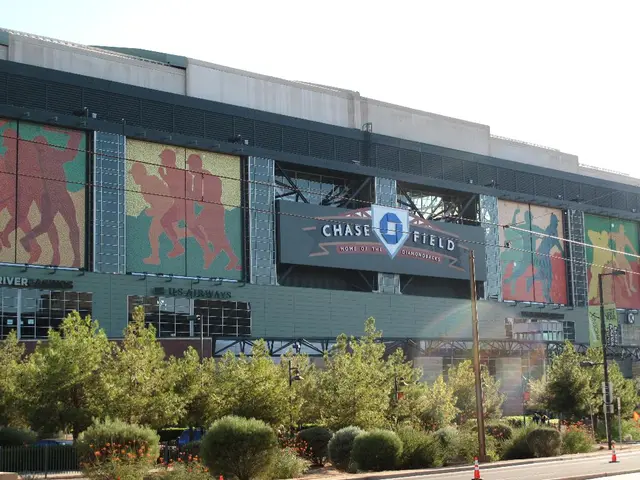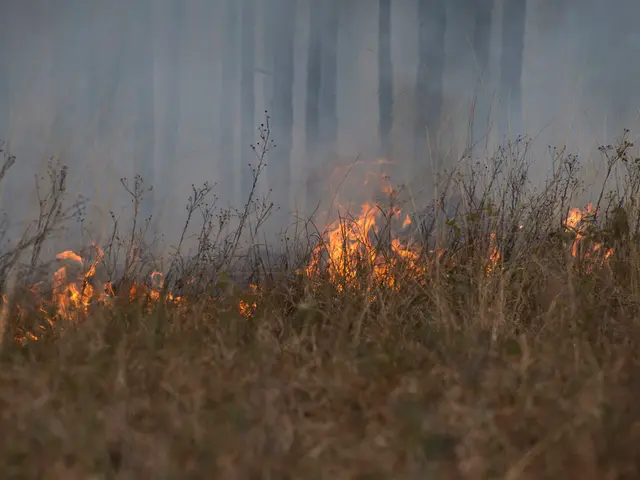Preview of Vuelta a España 2025's Ninth Stage
Valdezcaray and Santo Domingo de la Calzada: Key Stages in the Vuelta a España
The Valdezcaray climb in the Vuelta a España is a legendary mountain test, known for its challenging nature and historical inclusion in the race during the 1980s and 1990s. This 13-kilometer climb, with an average gradient of about 5%, finishes at the Valdezcaray ski station, offering a punishing day for riders with over 3,200 meters of climbing on the stage [2][3][5].
Located approximately 195.5 kilometers from the race start, Valdezcaray is categorized as a category 1 climb. Its positioning in the race often shapes the general classification, serving as a challenging summit finish and GC test before key rest days or more extreme climbs like the Angliru or Bola del Mundo [5].
The long, flat approach roads to the ski station in Valdezcaray may favour a breakaway, providing an opportunity for a daring rider to seize victory. On the other hand, GC contenders might use the climb to launch or respond to race-defining moves, making it a tactical as well as a physical challenge [5].
Historically and in recent races, Valdezcaray has established itself as a classic mountain test in the Vuelta, demanding endurance and climbing skill. Although it is less steep and shorter than the “mythical” Angliru or Bola del Mundo climbs, its presence in the 1980s and 1990s editions helped establish its reputation [2][3][4].
Approximately 30 kilometers before Valdezcaray lies Santo Domingo de la Calzada, a location where time bonuses are awarded at kilometer 165.5. The time bonus at Santo Domingo de la Calzada could potentially impact the race strategy for teams aiming for the sprints. However, Santo Domingo de la Calzada is not considered to be hard enough to produce significant general classification differences [4].
The approach roads to Santo Domingo de la Calzada are likely to be different from those to Valdezcaray, as they may not be long and flat. Santo Domingo de la Calzada is not categorized as a climb. Instead, it is significant for sprints in the Vuelta due to the time bonus location [4].
In summary, the Vuelta a España features two key stages: the challenging summit finish at Valdezcaray and the time bonus location at Santo Domingo de la Calzada. Valdezcaray, with its steep climb and strategic position, tests the riders' endurance and climbing skills, while Santo Domingo de la Calzada offers an opportunity for teams aiming for the sprints to gain valuable time bonuses. These stages play a crucial role in shaping the overall race standings, making them essential elements in the Vuelta's mountain battles.
Read also:
- Court petitions to reverse established decision on same-sex marriage legalization
- Commemoration of 200 Days of American Resurgence Unveiled
- Minister Bärbel Bas expresses doubts about her tenure as a minister following a recent interview during the summer.
- A Tale of Two RussiansGate Notable Figures: Focus on Mike Davis





